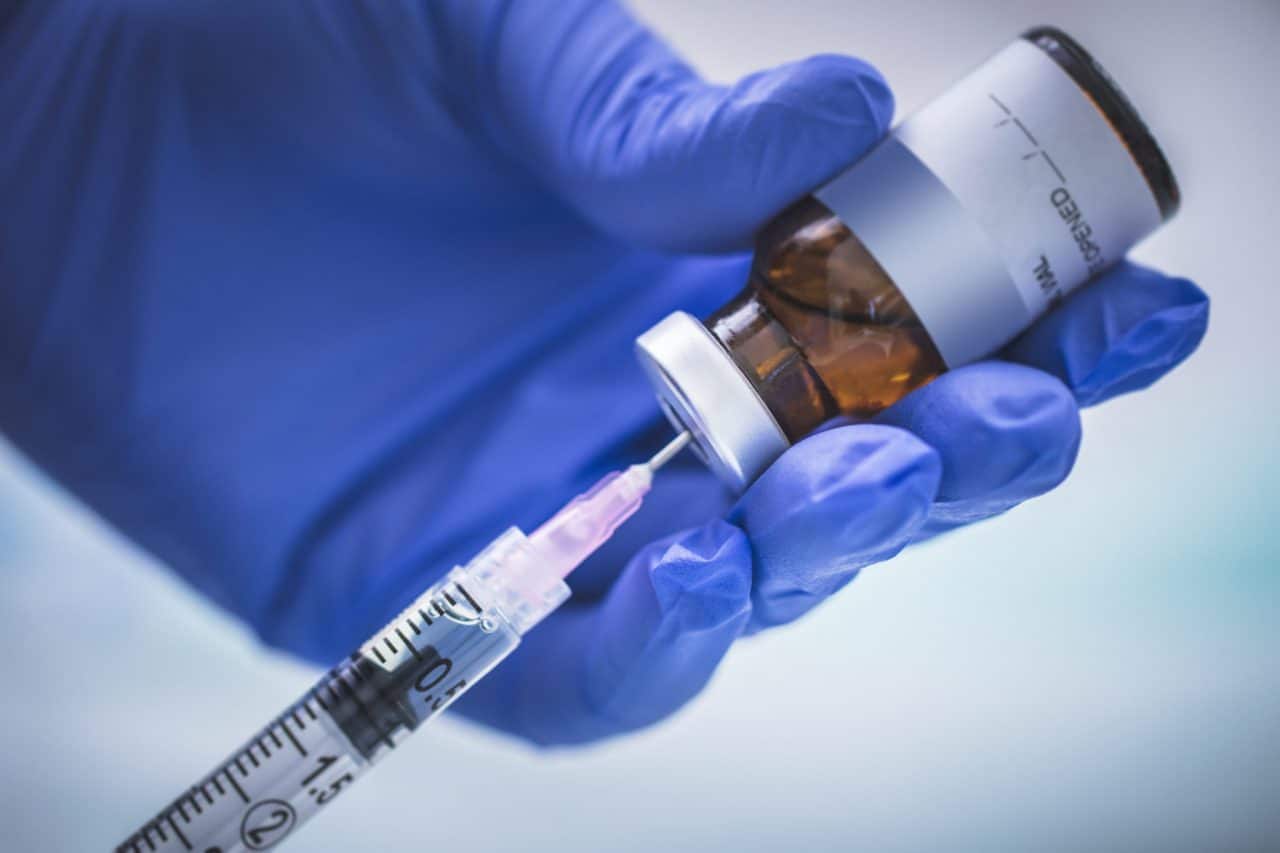People who suffer from allergies that don’t respond to medical treatment may find relief from immunotherapy, a method of building tolerance to an allergen by introducing it to the body in small doses over a period of time. It is usually given as injections (allergy shots), but can also be taken orally. When ingested, it is known as sublingual immunotherapy or allergy drops.
Allergy Shots

Allergy shots (subcutaneous immunotherapy) are the most common form of immunotherapy. They can be used as a long-term treatment for seasonal, indoor and outdoor allergies.
They work by getting your body used to the allergen slowly, with the hopes that you will develop an immunity or tolerance to the allergen. The process takes place in two phases, the build-up phase and the maintenance phase.
The build-up phase involves a small amount of the allergen being injected into the upper arm once or twice a week for the first year. The dosage is gradually increased at each visit.
Once you have reached the effective dose, typically the most you can handle without showing symptoms, the maintenance phase will begin. The dosage is no longer increased at each visit, and the number of shots is decreased. The maintenance phase involves an allergy shot once every month for three to five years.
Are There Any Risks with Allergy Shots?
Since allergy shots contain a substance you are allergic to, there are some risks involved. Swelling and redness usually develop at the site of injection but are quick to clear up. Sneezing, nasal congestion and hives may develop as well as more severe reactions such as wheezing or chest tightness. Anaphylaxis, the most serious reaction, rarely occurs.
These shots are typically administered in the office.
What Can I Expect from Allergy Shots?
Symptoms will typically improve over the first year of treatment and continue to improve over the next few years.
Allergy Drops
Allergy drops, also known as sublingual immunotherapy, are a more effective treatment than over-the-counter pills because, like allergy shots, they combat the cause of allergies rather than the symptoms. They are also safer than allergy shots because they aren’t administered with a needle.
How Do Allergy Drops Work?
The principle of allergy drops is the same as allergy shots. It is a long-term treatment that decreases symptoms by increasing the body’s immunity. The patient drips liquid containing allergens under the tongue and holds it there for one to two minutes before swallowing. This is a more convenient option than allergy shots for many patients because allergy drops can be safely administered at home rather than at the doctor’s office.
Patients generally self-administer treatments seven days per week for an average of three to five years. The goal is to build up the body’s immunity to allergens, so the patient no longer experiences symptoms once the treatment is over.
Are There Any Risks with Allergy Drops?
Like all medical procedures, there are possible risks and side effects. However, these are generally mild, ranging from localized itching in the mouth to intestinal discomfort, which often goes away after several weeks.
What Can I Expect from Allergy Drops?
Allergy drops are an important new treatment option for patients who continuously refill over-the-counter allergy medications or take daily trips to the doctor’s office for allergy shots. Currently, allergy drops are effective for treating dust mites, allergies, grass, ragweed, pet dander and tree pollen. Researchers hope to expand the treatment’s effectiveness for other allergies such as hay fever, eczema and food sensitivities.
Call Blue Ridge Ear, Nose, Throat & Plastic Surgery at (434) 947-3993 for more information or to schedule an appointment.